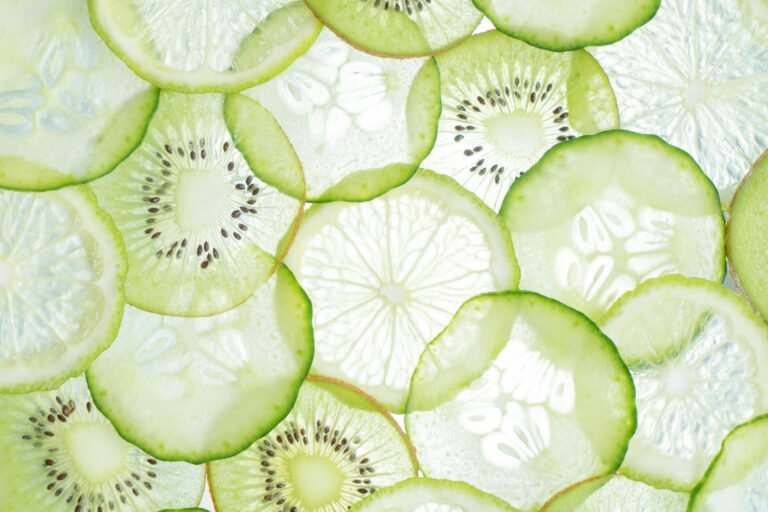Dog breeds of Russian origin
Muscovite guardian, Russian Hound, Franzuskaya Bolonka, Borzoi: these are often (with the exception of the Franzuskaya Bolonka) very robust, resistant and well structured breeds, suitable for enduring harsh climates and uncomfortable environmental conditions.

Russian Breed Dogs
Muscovite Guardian Russian
Hound
Franzuskaya Bolonka
Borzoi, Russian Wolfhound
Dog of Russian breed
Russia is a very large territory , with different climatic conditions and extremely varied lifestyles.
The fauna is also completely heterogeneous and there are many dog varieties, some unknown outside the Russian borders.
These are very robust, resistant and well structured breeds , suitable for withstanding harsh climates and uncomfortable environmental conditions. Some have remained confined to Russian territory, others have gone beyond the borders and come to be known also in Europe.
Here are some of the most appreciated by dog experts for their peculiarities.
Muscovite Guardian
The Muscovite Guardian is a “military” race, in vogue at the time of the USSR , was trained by the military, never identified in a single person, in a single guide and this developed his sense of protection and defense of the social group to which he belongs. .
His original name is Storozhevaya Sobaka and he presents himself as a great Saint Bernard , ancestor of him together with the Caucasian Shepherd.
The Saint Bernard arrived in Russia with Napoleon and used for the selection of an imposing, fierce and very resistant breed, as the Muscovite Guardian presents himself.
The morphological standards foresee a weight between 45 and 68 kg and a height at the withers around 65 cm. The coat is very thick, with a more bristly outer layer and a softer undercoat, to protect it from the harsh cold, with a white and fawn color. The head is massive , with drooping ears covered with fur.
The Muscovite Guardian has a strong, courageous character, very attached to the family and with an innate sense of protection. He must be trained by experts to channel strength and potential excess of sense of defense.
Dogs of this size have a life expectancy of around 10 years and can suffer from typical pathologies related to weight and size such as hip dysplasia and stomach torsion. A balanced diet is recommended for bone structure and daily physical movement.
Russian Hound
The Russian Hound or Kostroma Hound is a very athletic, fast dog breed with a keen sense for hunting game, hare and fox in general. At the court of the tsars he was a very prestigious dog to be exhibited on hunting trips.
The morphology of this hound is very different from the European ones and expert dog lovers have traced genealogical lines dating back to Mongolian dog breeds .
The Russian Hound has a reddish-yellow coat with white spots , short-haired. It can reach a height of 70 cm at the withers and a weight of around 45 kg.
It is characterized by a large head, with small, triangular ears, very different from the image of western hounds. Another peculiar aspect is the voice of this breed: it seems to emit very high sounds , a register even of two octaves above the average, and then descend to a normal level, this to provide signals to its owner or among other dogs with whom it has socialized. .
Its medium size and good character make it a dog suitable for families with children.
Franzuskaya Bolonka
The Franzuskaya Bolonka breed is relatively recent , it belongs to the last century, after the Bolshevik revolution and is the result of a mixture of races. The translation of the name is ” Bolognese Francese ” which is in perfect harmony with the appearance of this small dog, which carries within it the genes of the Italian Bolognese, the French Bichon, the Pekingese .
The Bolonka falls into the toy category and reaches a weight of 6 kg for a height of 25 cm at the withers. The head is round and hairy, the ears are carried low, covered with hair, the eyes dark. The tail is short and held high , covered with dense hair.
The coat is soft, wavy and basically long , to be brushed regularly. It is generally white in color, but darker colors tending to gray and black are also allowed.
The Bolonka is a companion dog , not suitable for outdoor living, with an affectionate character who loves being at home, in total comfort with its owner.
Borzoi, Russian Wolfhound
The Borzoi is a greyhound with a particular physicality . Tall, slender, aristocratic in his movements, very careful and delicate. It is an ancient breed, born with Russian history, even before the advent of the tsars.
There are traces of it already in the thirteenth century in correspondence exchanges between aristocrats, who owned the property and punished with death those of a lower class who owned a Borzoi.
The first specimens that came out of the Russian borders date back to 1830 , when they were brought as a gift by the Tsar to Queen Victoria.
Its morphology is typical of the greyhound , with a thin, elongated structure, but with a strong bone structure. The head is long, thin, elegant: the veins are visible through the skin. Hazel eyes are full of intensity.The tail is saber-like . The coat of the Borzoi is soft and wavy, curly in some areas and the color varies: the standard admits both uniform and pied.
It can weigh around 48 kg and have a height of 85 cm at the withers. Its gait is trot, very elastic and natural. The character of this breed is meek and calm, making it suitable for family life , as long as it is treated with attention and respect.
The Borzoi is a silent dog, it barks little and is reserved , but it gets bored easily: it therefore needs to be stimulated and not left too alone.
It is a robust dog with a life expectancy of up to 12 years.It is not subject to particular pathologies, but pay attention to the torsion of the stomach, due to the anatomical conformation.




























+ There are no comments
Add yours